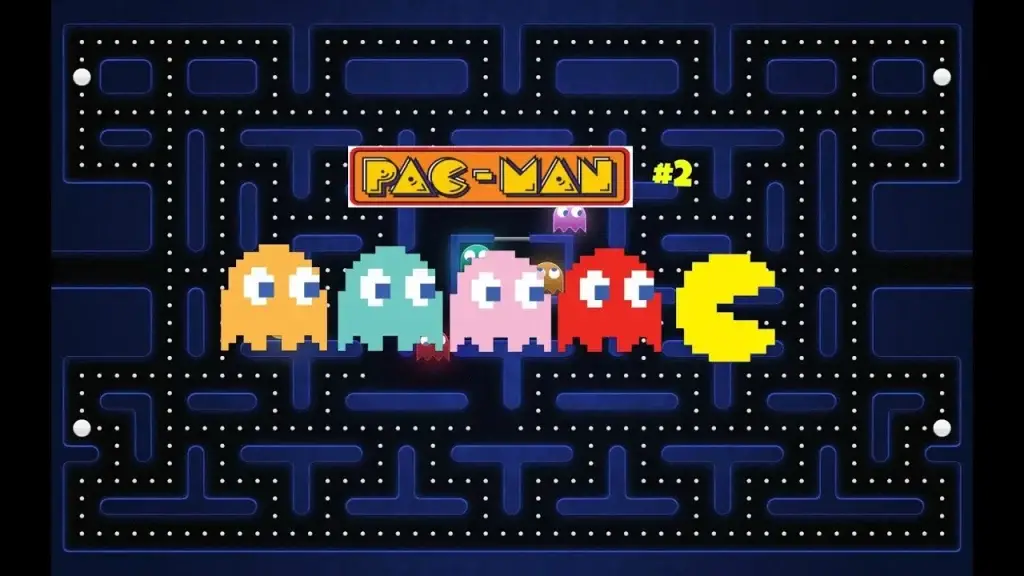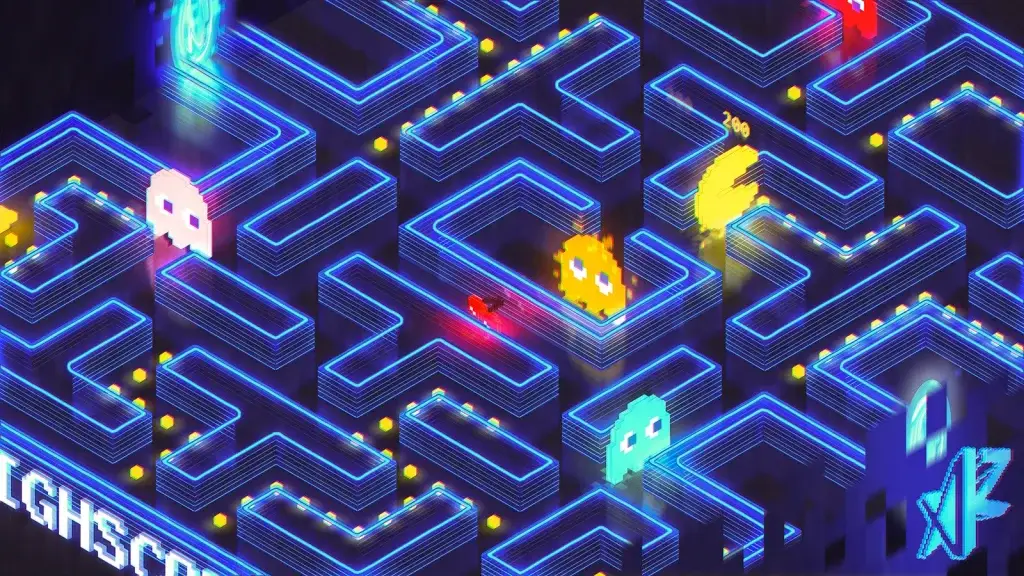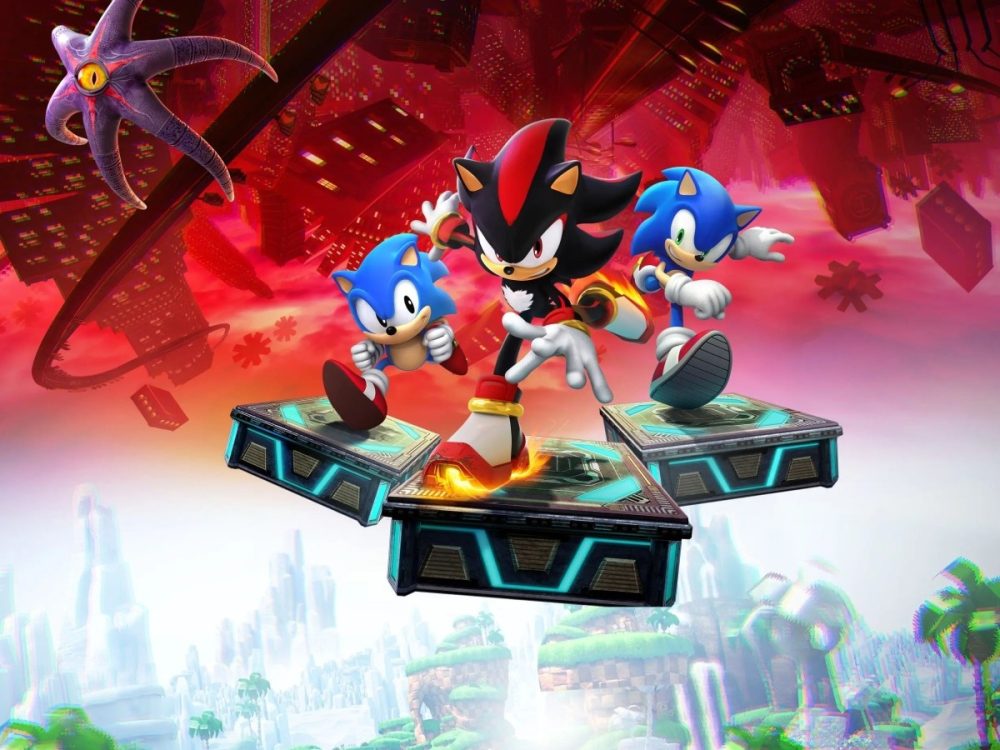In the early 80s, arcade machines exploded in popularity in the world of video games, and it was at this point that the game Pac-Man appeared on the scene. Not only did it immediately catch the attention of gamers, but it also became a symbol of an entire era. This classic arcade game is extremely popular in the gaming industry, but what made it so popular and unforgettable? Pac-Man has become more than just a way to kill time at a slot machine; it has become a cultural phenomenon that has inspired films, music, and even fashion. In the article, we will delve deeper into this.
Pac-Man: History of Creation and the Road to Fame
In 1980, Toru Iwatani, a young designer inspired by Japanese pop culture, decided to create something that would be different from most photographers of the time. The legendary game Pac-Man started out simply: Iwatani wanted to create a project that would appeal to a wide audience, including women and children. The inspiration for the image of Pacman was an ordinary pizza with a slice cut off. This image was transformed into a round figure with an open “mouth”, which eats everything in its path.
The project was developed by a team from Namco and one of the main goals was to create enemies that would both scare and attract players. This is how four famous ghosts were created: Blinky, Pinky, Inky and Clyde, each with a unique behavior. This approach to characters added dynamism and a strategic component to the process: each ghost behaved differently and created the need to develop individual tactics. The game Pac-Man has become a worldwide phenomenon thanks to its accessibility, simplicity and intuitive gameplay.
Gameplay that has conquered millions
The gameplay of Pac-Man is fun because it is understandable to most people. The user controls a yellow character who has to eat dots in a maze and avoid collisions with ghosts that chase him. The main task is to completely clear the maze of dots without getting stuck. But why is this process so exciting?
Three main features:
- Unique labyrinths and their complexity. Each maze is designed to challenge the player. Difficult turns, dead ends and limited paths require attention and quick reactions.
- Ghosts pose the greatest threat. The four ghosts (Blinky, Pinky, Inky and Clyde) have unique movement patterns. For example, Blinky always aims directly at the player, while Pinky tries to predict which route he will take.
- Bonus elements: fruit. At each level, a bonus appears in the form of a fruit, which gives extra points. This element adds extra tension, because you have to take risks to collect as many points as possible.
The arcade game requires strategic thinking and excellent reaction time to avoid a chase and eat all the dots.
Iconic characters from the game Pac-Man
 One of the main elements that made the project so popular were the characters. Pac-Man is undoubtedly the center of the story, but without his enemies the game would not be nearly as fun. The four ghosts – Blinky, Pinky, Inky and Clyde – are great characters. They all have something special and a different Pacman hunting style:
One of the main elements that made the project so popular were the characters. Pac-Man is undoubtedly the center of the story, but without his enemies the game would not be nearly as fun. The four ghosts – Blinky, Pinky, Inky and Clyde – are great characters. They all have something special and a different Pacman hunting style:
- Blinky is a red ghost that always follows Pac-Man directly. The goal is to give the player no rest.
- Pinky is a pink ghost that tries to predict Pac-Man’s route and get ahead of him.
- Inky is a blue ghost whose behavior depends on the position of Pac-Man and Blinky, making him the most unpredictable in the game.
- Clyde is an orange ghost that moves strangely, adding an element of surprise to the gameplay.
These characters make you think and react quickly. That’s why the game seems fun and interesting for almost everyone.
Pac-Man on Different Platforms: The Evolution of the Game’s Availability
Since its release, Pac-Man has traveled from arcade machines to home consoles and mobile devices. At first, the project was available exclusively on arcade machines, and queues to them were tens of meters long. Soon, due to its incredible success, the product began to be ported to home consoles such as the Atari 2600, which allowed millions of people to enjoy the process at home.
Over time, the product was adapted for various platforms, from Commodore 64 gaming computers to modern consoles and even smartphones. On mobile devices, the project found a new life, becoming available to any smartphone owner, which only confirmed its status as a cultural phenomenon. Pac-Man on different platforms demonstrates how a game can change and adapt to new technologies, while maintaining its uniqueness and appeal.
Pac-Man’s Impact on Pop Culture and Phenomenal Legacy
The recognizable image has appeared in films, on television, in music and even on clothing. The cultural impact was so strong that he was included in various films, such as Pixels (2015), where he acts as one of the main symbols of the arcade era.
The main character gained mass popularity. His influence is still felt: game developers around the world admit that Pac-Man was one of the starting points for the creation of modern mechanics and genres.
Interesting facts about Pac-Man that no one will tell you:
- The names of the ghosts. In the original, the names of the ghosts sound like Blinky, Pinky, Inky and Clyde, but in the Japanese version they were called slightly differently: Oikike, Machibuzu, Akbeke and Guzuta. Each ghost had its own strategy for pursuing, which made the session more interesting.
- The first game with a character. Pac-Man was the first game where the main character played a key role.
Conclusion
 The Pac-Man game is more than just a classic arcade game. It’s a phenomenon that changed the gaming industry and influenced culture. From a simple character inspired by a slice of pizza to an icon that influenced generations of gamers and developers. Today, the project lives on, moving to new platforms and gaining even more fans.
The Pac-Man game is more than just a classic arcade game. It’s a phenomenon that changed the gaming industry and influenced culture. From a simple character inspired by a slice of pizza to an icon that influenced generations of gamers and developers. Today, the project lives on, moving to new platforms and gaining even more fans.
It’s games like Pac-Man that show that true classics never get old, but only gain strength. Remember how simple and fun it is to spend time and try your hand at this legendary maze.
 en
en  de
de  ar
ar  es
es  nl
nl  hi
hi  fr
fr  it
it  pt
pt  el
el 



